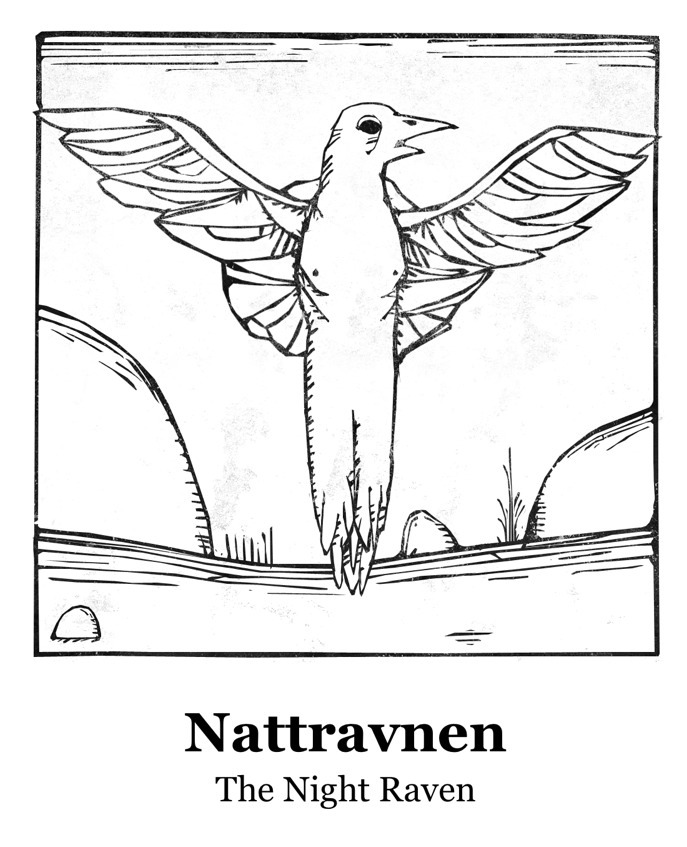
Naked except for sparse tufts of grayish down, eyes closed, clumsy, and looking like “grotesque gargoyles” according to a 1945 description.Ĭommon Ravens are so bold, playful, and clever that they’re almost always doing something worth watching. Green, olive, or blue, often mottled with dark greenish, olive, or purplish brown. Nests are often reused, although not necessarily by the same birds, from year to year. The inner cup is 9-12 inches across and 5-6 inches deep. The whole process takes around 9 days, resulting in an often uneven nest that can be 5 feet across and 2 feet high. The cup bottom is sometimes lined with mud, sheep’s wool, fur, bark strips, grasses, and sometimes trash. The female then makes a cup from small branches and twigs.

These sticks, and sometimes bones or wire as well, are piled on the nest platform or wedged into a tree crotch, then woven together into a basket. Ravens break off sticks around 3 feet long and up to an inch thick from live plants to make up the nest base, or scavenge sticks from old nests. Males bring some sticks to the nest, but most of the building is done by females. Tree nests tend to be in a crotch high in the tree, but below the canopy and typically farther down in a tree than a crow’s nest would be. Cliff nests are usually under a rock overhang. Back to top Nesting Nest PlacementĬommon Ravens build their nests on cliffs, in trees, and on structures such as power-line towers, telephone poles, billboards, and bridges. They eat carrion small animals from the size of mice and baby tortoises up to adult Rock Pigeons and nestling Great Blue Herons eggs grasshoppers, beetles, scorpions, and other arthropods fish wolf and sled-dog dung grains, buds, and berries pet food and many types of human food including unattended picnic items and garbage. Back to top FoodĬommon Ravens will eat almost anything they can get hold of. Common Ravens are slowly moving back into the forests of the northeastern United States and Canada as those forests regenerate. Human presence has allowed ravens to expand into areas where they didn’t previously occur, such as using artificial ponds and irrigation to survive in deserts and living on human garbage in some forests. In larger towns they are often replaced by American Crows, although they do occur in some cities including Los Angeles. They do well around human habitations including farms, rural settlements and isolated houses. These include coniferous and deciduous forests, beaches, islands, chaparral, sagebrush, mountains, desert, grasslands, agricultural fields, tundra, and ice floes. It was not until a few days before release that details of the guide were made public.Common Ravens occur over most of the Northern Hemisphere in nearly any habitat (eastern forests and the open Great Plains are exceptions). Within the login area are the Year Walk Notes by Theodor Almsten, containing clues to unlocking the puzzle box found in the Year Walk game.ĭetails of the app were first released when a mysterious image was added to the bottom right-hand corner of the Year Walk frame at the time Year Walk was publicly announced.

#YEAR WALK NIGHT RAVEN PASSWORD#
The app also contains a login area, which is accesible via password (which is displayed at the end of Year Walk). It contains background information about:

The Year Walk Companion is a comprehensive guide about the creatures that dwell within the world of Year Walk.
#YEAR WALK NIGHT RAVEN FREE#
The Year Walk Companion is a free guide, released in conjuction with Year Walk on 21st February, 2013 About Year Walk Companion


 0 kommentar(er)
0 kommentar(er)
